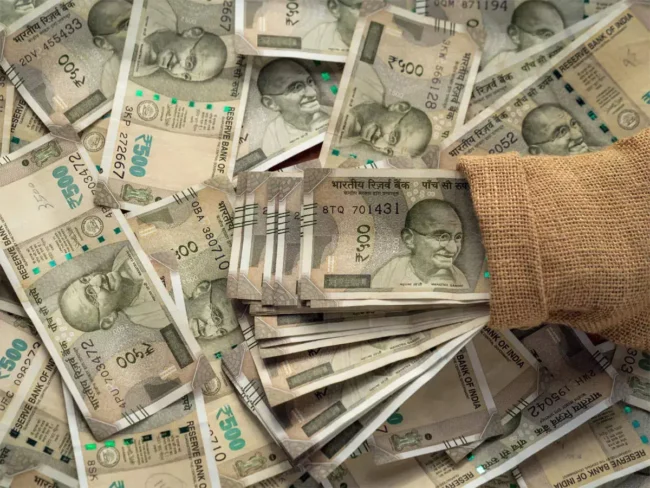According to a survey of economists, the Indian government would borrow a historic record of 16 trillion rupees “$198 billion” in the fiscal year 2023-24. The economists surveyed believed that infrastructure investment and fiscal responsibility should be the government’s top budget goals.
Since Prime Minister Narendra Modi entered power, his administration has spent significantly to protect the economy against the COVID-19 pandemic’s consequences. And to aid the poor, resulting in a more than doubling of the federal government’s overall debts.
Before the elections of 2024 and thus the elections in several popular states that will serve as important touchstone tests for ruling Bharatiya Janata Party, the February 1 budget is the final full-fledged one for BJP.
However, the Indian government won’t be able to reduce borrowing anytime soon due to a decline in tax revenue and perhaps expected weakening of the economy in the upcoming fiscal year.
Related News: Union budget fiscal deficit FY24 projected to Rs. 17.95 lakh crore
According to the median prediction of 43 experts. Gross borrowing is predicted to reach 16.0 trillion rupees in the upcoming fiscal year, up out of an expected 14.2 trillion rupees for 2022-23.
The forecast ranged from 14.8 trillion – 17.2 trillion rupees. Although if it was on the lowest point of the range, the gross borrowing in 2023–24 would be by far the biggest ever. The nation’s gross yearly borrowing was only 5.92 trillion rupees when Modi’s BJP won the election in 2014.
The difficulty of repayment is the main factor keeping gross borrowing at a high level. According to ANZ economist Dhiraj Nim. “The government took out a lot of debt in the recent years to have money for the pandemic, so the payback load is now fairly high for several years.“
Repayments for 2023–2024 were project by Nim at 4.4 trillion rupees.
Although experts in a separate survey predicted that. The government will reduce the budget deficit to 6.0% of Gross domestic product in 2023–24.
This is still significantly higher than the norm of 4%–5% recorded during the 1970s and considerably over the goal of 4.5% by 2025–26.
SUSTAINABILITY OF DEBT TO GDP
The deficit has increased by more than twice what it was prior to the pandemic. The difficulty of repaying those borrowed money has increased due to rising bond yields.
In order to assure debt sustainability over the medium term. The International Monetary Fund stated last month that India needs a more ambitious strategy for fiscal reform. The administration claims that its present strategy is adequate for the job.
A higher ratio than many other rising countries. The combined federal & state governments debt is 83% of yearly gross domestic product (GDP). The sovereign credit score of the nation is barely one notch over junk.
“India must gently balance fiscal restraint with the need to stimulate growth because the budget deficit & debt levels are at record highs. The burden of capital expenditures must fall to the Indian government “a Union Bank of India economist named Sujit Kumar said.
Infrastructure spending, according to Kumar, “is an obvious preference.” But a slowdown in the economy will make it harder for the government to continue raising capital expenditures at the same rate it has been since 2020–21.
The survey also indicated that in the upcoming fiscal year. The Indian govt’s capital spending will rise to hit record to 8.85 trillion rupees, or roughly 2.95% of GDP.
However, the rate of growth for such spending would probably fall to just half that of the previous 3 years.
To achieve its goal of challenging China as the globe’s factory. India requires a lot of government spending to upgrade its infrastructure.
Only 18 out of the 36 respondents, or 50%, stated that. Infrastructure investment & fiscal restraint should be the two top budget objectives. The other 18 put forward rural development, health – care, education, and job creation.
According to the survey, the government of India would reduce food & fertiliser subsidy at 3.7 trillion rupees. Which is more than 25% less than the level of almost 5 trillion rupees projected for 2022-2023.
